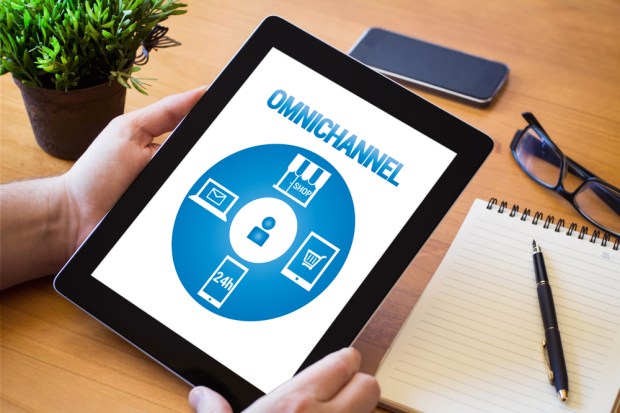Are Retailers Ready To Ditch The Card Networks?

EMV’s laggard transition in the U.S. has set off a transition for retailers and the way they get paid – and should want to be paid by their customers, as ACI Worldwide’s CEO Philip Heasley explains to Karen Webster. The result is that it just might drive them to more seriously consider alternative payment methods that bypass traditional card networks.
EMV headlines have quieted down a bit, and in the United States, merchant acceptance of the liability shifts and its inevitability has blossomed into growing uptake. To ACI Worldwide’s top executive, that beckons toward a wholly-changing payments landscape for retailers.
In an interview with Karen Webster, Philip Heasley, president and chief executive officer of ACI, stated that the biggest disruptions in retail stem from a changing of the old bricks-and-mortar (and cash register) guard.
First, EMV. Though we are only several months into the transition in the United States to the liability shift, Heasley noted that the biggest retailers are making mention of the impact on both immediate results and on longer-range planning, around their omnichannel efforts. The conversation, said Heasley, is one where context matters. He recounts a conversation with one of the country’s biggest department store chains in which they talk about how in-store sales are way down at the same time they are a billion-dollar eCommerce company. They’re all, he said, trying to grapple with the upside down economics associated with experiencing big increases in sales on a small base (eCommerce) and a small drop on a much larger base (in-store sales).
That, Heasley said, has merchants grappling with a change in payments focus. In addition to the pressure on their bottom lines, one impetus for doing that is how quickly merchants have had to adapt to the new landscape, as networks “gave merchants [in the U.S. two years] to adapt, instead of the three years they gave everybody else around the world.” The end result, Heasley remarks, is that the pressure to adopt EMV has “not created a love fest” between the retailers and the card networks.
With these stressors in place, continued Heasley, “this will increase the appetite of the physical guys (retailers) to get into much more of an alternative payment scenario” that could extend to three or four methods beyond the traditional routes already in place. For retailers, and the merchants themselves, Heasley says, their brands become key even as consumers demand more flexibility in how and when and where they choose to make payments.
Heasley also posited that banks, themselves, could force a change in payments – and become the conduit to a more seamless retail experience, and the movement toward omnichannel. That would happen, he believes, since they can enable payments that are linked to bank accounts. “The opportunity,” he said, “is the banks could figure out how to [work] between the credit card and the debit card guys.”
But as alternative payments abound (and retailers become payments agnostic), settlement will become a game changer, Heasley believes, forcing a shift in the roles and responsibilities of the players within the payments ecosystem. He believes strongly that the end result will be that merchant acquirers will evolve into settlement processors for the merchants themselves, casting aside their traditional role of authentication.
Thinking even longer term and bigger picture, Heasley offered up a scenario where the “ultimate card-present solution is going to be the ultimate card-not-present solution. He believes that solution won’t look like either one does today.
“What if we were to use all the great technology that exists from a mobility standpoint, from a digital standpoint?” Heasley mused. “We see how great cameras are, how great GPS is, how great multifactor authentication is. … What if we use the technology so that as soon as a consumer enters the store, the merchant authenticates you through your phone, and serves up the last card you used when you shopped there, ready for payment and offers consumers an incentive to favor one method over another?”
In the end, he noted, “We’ve barely just begun to scratch the surface.”
In the end, he noted, “We’ve barely just begun to scratch the surface.”
